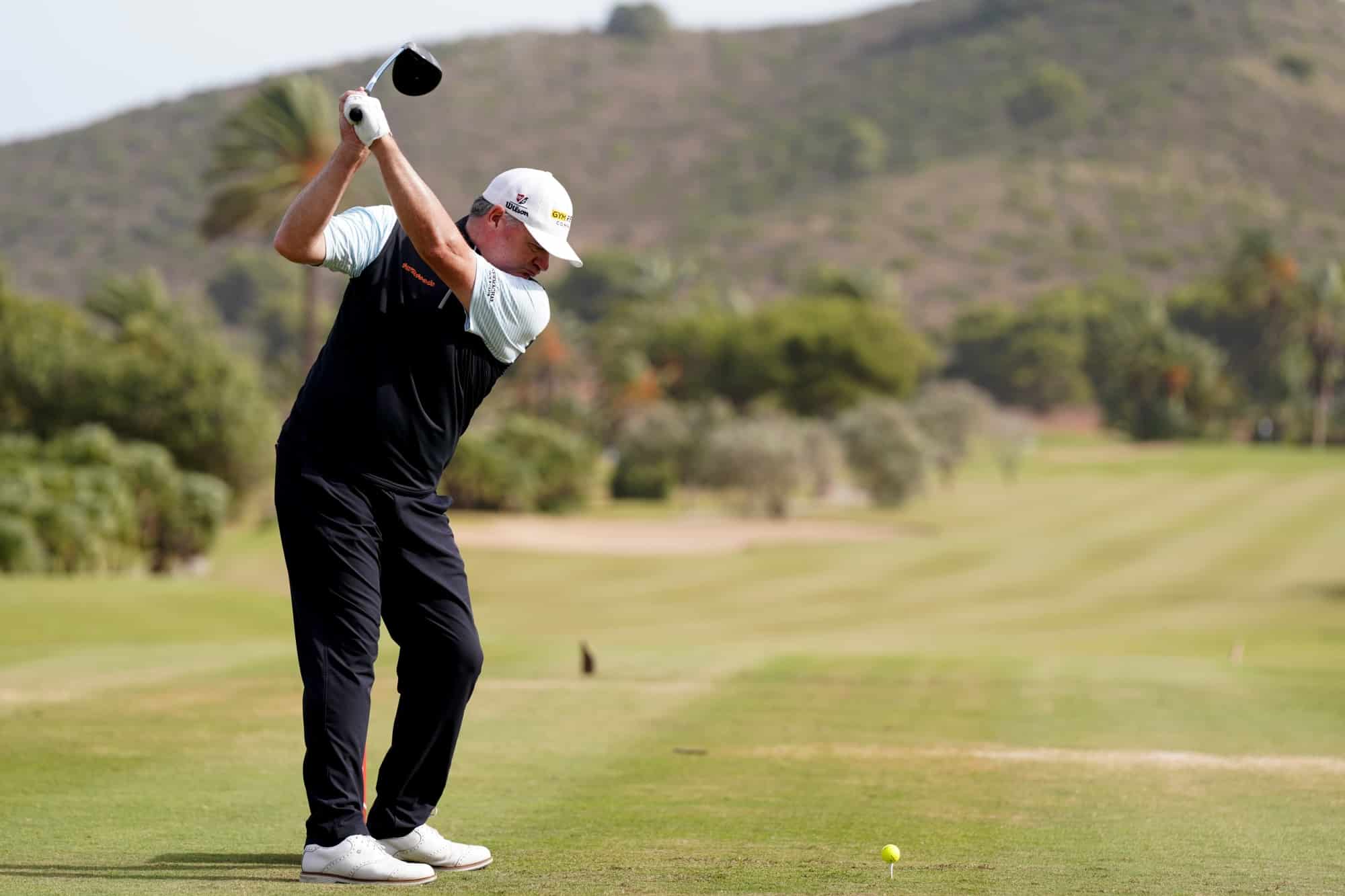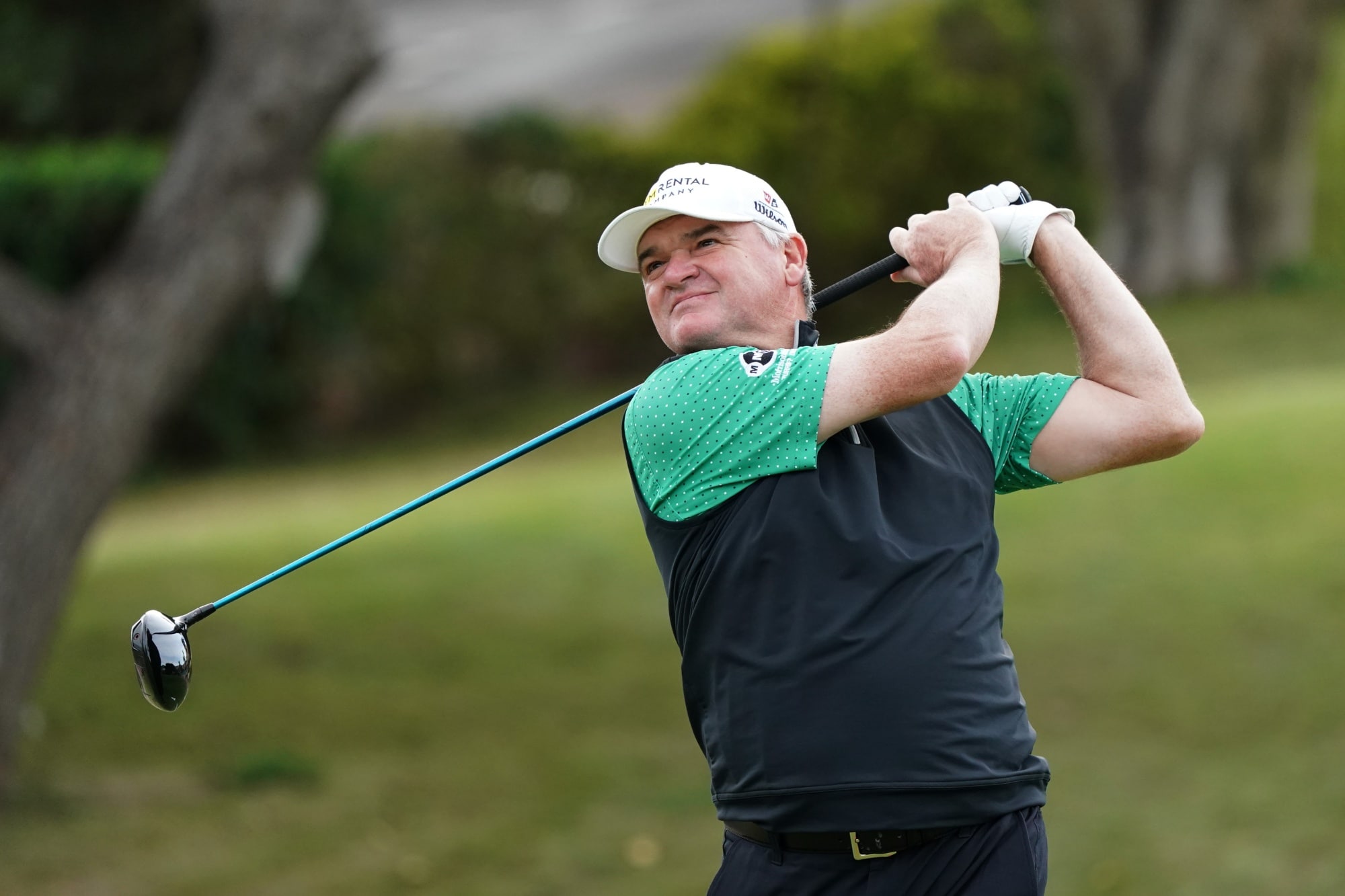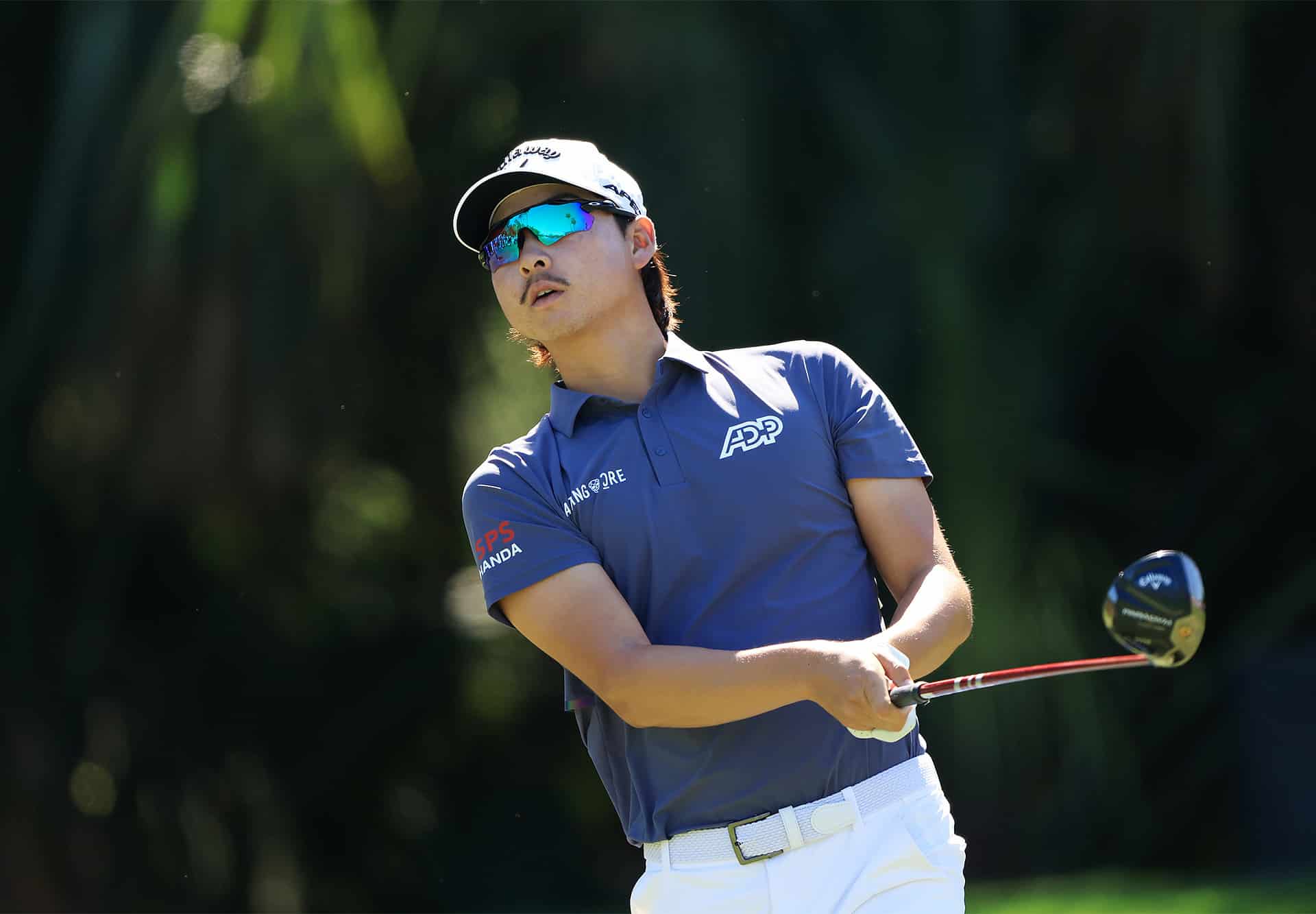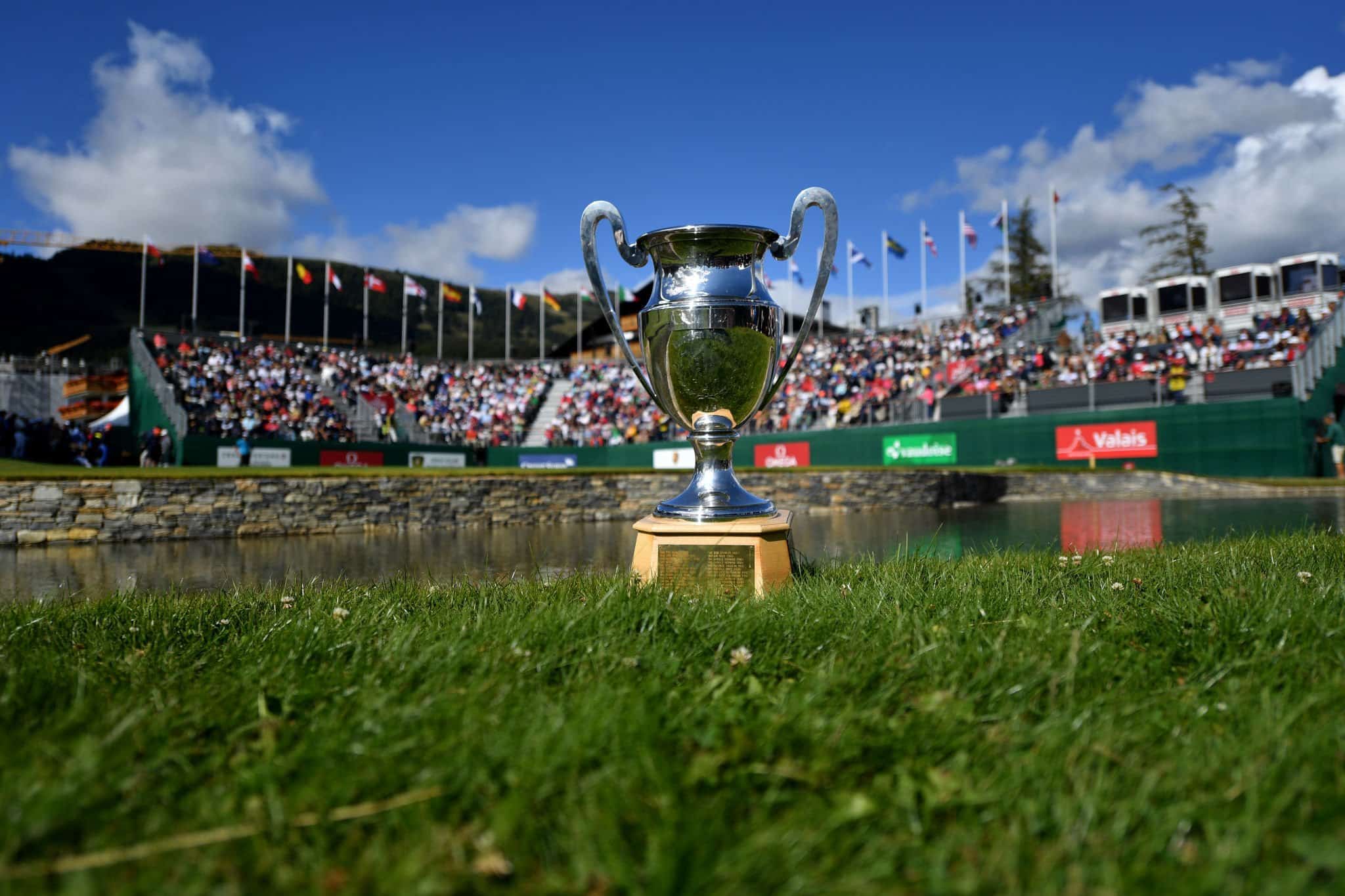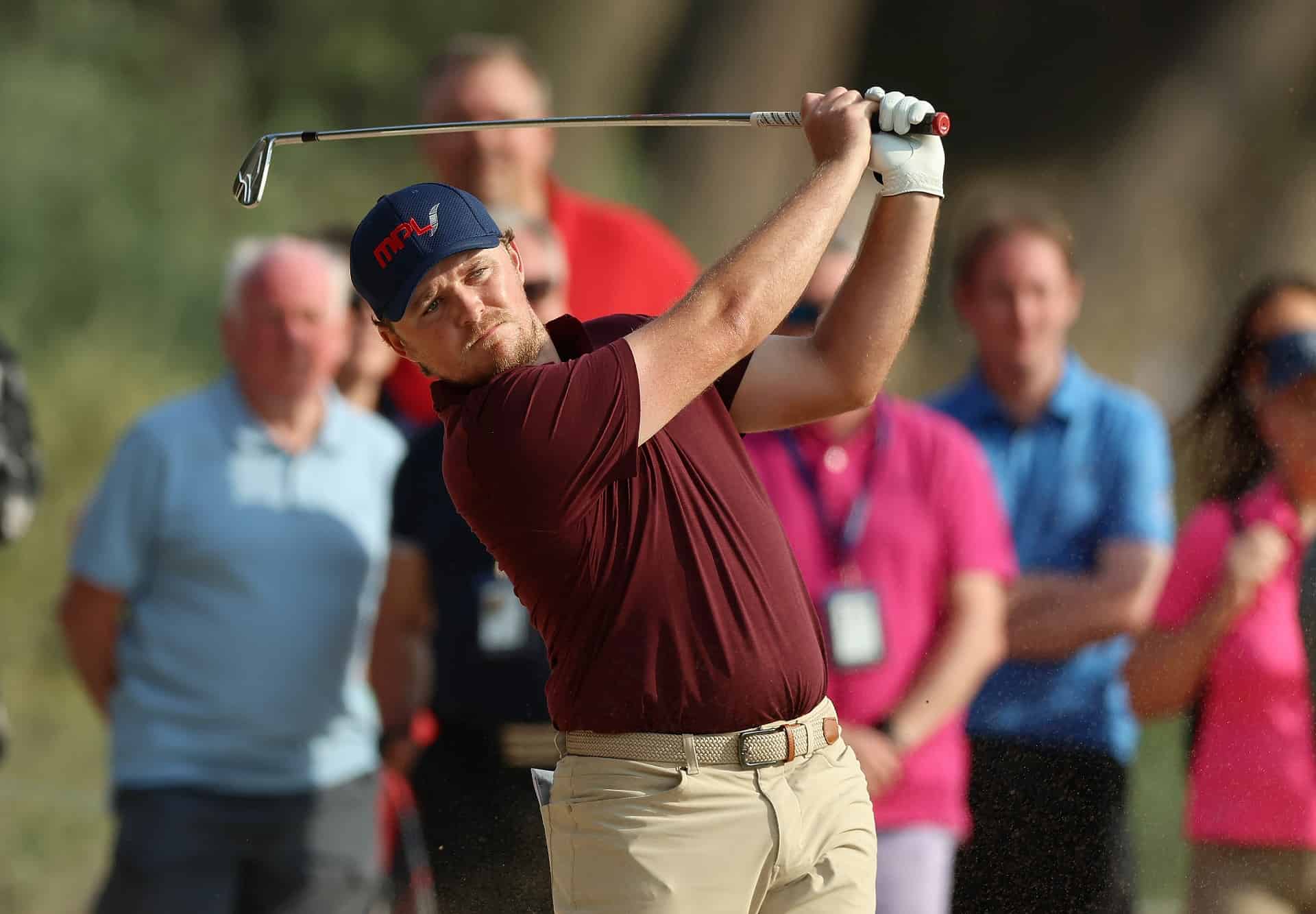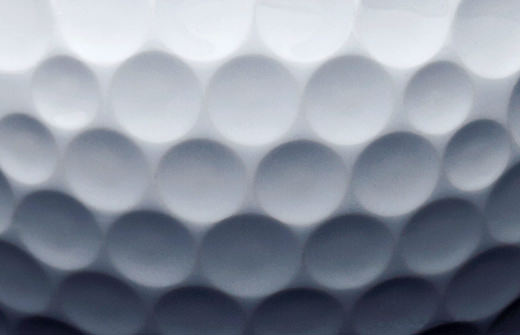
All about balls
What is a multi-layer ball? And what are the benefits of multi-layer golf balls?
Over 15 years ago, golf balls were offered in both wound and solid construction.
That is no longer the case as today, all golf balls are manufactured with solid core technology, although every solid golf ball does not necessarily have multiple layers.
The benefits provided by the Pro V1 or Pro V1x, which feature multi-layer solid technology along with soft, urethane elastomer covers, are low driver and long iron spin for very long distance (what used to be achieved only by two-piece construction) and exceptional short game scoring spin (what used to be delivered only by wound balata construction).
What is the role of each of the different layers?
Golfers often ask us what each of the layers in our golf balls do, as they want to attribute a specific layer to certain shots or to certain performance characteristics such as the golf ball’s distance.
This simply is not true. All of the design elements contribute to the golf ball’s ultimate performance.
Its core or inner layer or cover material doesn’t know what club is hitting it or what shot the golfer is trying to execute, the entire golf ball only reacts to the force applied. No single element of golf ball design can be used to predict performance.
What are the benefits of playing a multi-layer urethane covered golf ball vs. a two-piece surlyn covered golf ball?
All golfers, regardless of skill level, will benefit from playing a high performance golf ball with a soft urethane cover like Pro V1 or Pro V1x.
That’s because all golfers, whether you are a tour professional or a high handicap golfer, hit more approach shots to the green than drives.
Approach shots to the green provide the greatest scoring opportunity, and two keys to lower scores are hitting more greens in regulation and hitting the ball closer to the pin.
Pro V1 and Pro V1x provide excellent scoring spin, that is, the spin and control needed to hit more greens in regulation and to land and stop the ball closer to the hole.
Two-piece distance balls tend to have very low spin on all shots including short iron and wedge shots, so they land and run rather than drop-and-stop.
Hitting a green in regulation can save you up to two strokes, and pros and amateurs alike make more putts the closer they get to the hole.
How do dimples work and what is their importance?
Generally speaking, the role of dimples on golf balls is to reduce the drag on a golf ball during flight, thus allowing the ball to fly much farther than a smooth golf ball would at the same impact speed and launch conditions. The most prominent drag force on a golf ball comes from the low-pressure area formed behind the ball as it travels through the air.
Dimples reduce this drag force by minimizing the size of that low pressure “wake” behind the golf ball. When drag is reduced, golf balls fly farther.
The aerodynamic design of any golf ball is a result of the pattern, number, sizes, coverage, dimple depth, dimple edge angles, etc.
All of the aerodynamic elements need to be optimised for that golf ball’s design construction and the desired trajectory.
As a rule of thumb, off the tee one might expect to lose something in the ballpark of two yards for every 10 degrees of air temperature reduction. Do some balls perform better in the wind than others? And if so, why?
Yes, some golf balls do perform better in the wind than others.
In fact, the latest Pro V1 and Pro V1x models feature significant aerodynamic improvements. Both models feature their own spherically tiled dimple designs with three axes of symmetry and the most uniform surface coverage we’ve ever created.
The Pro V1 has 352 dimples with five different sizes and the Pro V1x has 328 with seven different sizes. Both of these new aerodynamic designs deliver a tight, consistent and penetrating ball flight—even in windy conditions.
Keep in mind, however, that no golf ball’s aerodynamic design can compensate for extreme wind conditions, as can sometimes be experienced on links golf courses.
What is compression? Will certain golfers benefit by playing with a specific compression?
Compression is a test of the relative softness of a golf ball, and relates directly to how firm or soft a golf ball feels to a golfer.
Titleist designs each of its golf balls to achieve specific performance characteristics, and its compression is simply a result of this process.
Compression is a feel preference and not a performance benefit. There is a common misconception that a player must match the compression rating of the ball to his or her swing speed in order to properly compress the ball.
Every golfer compresses the golf ball on all full swing shots.
The differences in the amount of compression across swing speeds are virtually indistinguishable. While there is no performance benefit to choosing a specific compression, many golfers (regardless of their swing speed) do have feel preferences.
However, feel is highly subjective as some golfers prefer a softer or firmer feel, and feel also may vary depending upon which shot or shots that golfer prioritises (drives, full iron shots, short pitches and chips, or putts.)
In the end, it comes down to a golfer’s personal preference.
One more note: There is no industry standard as to how compression is measured and consequently, direct comparisons between 90 compression balls (for example) from varying brands may not be or feel the same.
Why does the ball seem to fly shorter in colder temperatures?
There are really two separate issues: the temperature of the air, and the temperature of the golf ball. Both will affect ball performance.
When flying through colder air, a golf ball will lose distance because colder air is denser (heavier) than warm air.
This increases both the lift and drag forces acting on the ball, and results in a slightly higher and shorter trajectory.
It’s not always a big difference, but it can be significant.
As a rule of thumb, off the tee one might expect to lose something in the ballpark of two yards for every 10 degrees of air temperature reduction.
For a five iron, it’s closer to one yard, and for shorter shots, it’s even less.
There is nothing the golfer can do about the air temperature effect; it’s just another factor to take into account when planning a shot.
When the ball itself gets cold, the materials lose some resiliency, reducing the initial velocity off the clubface. This of course causes a loss of distance. It’s good advice at any time of the year to store golf balls indoors at room temperature between rounds.
That way, the balls will always be a consistent and moderate temperature when they’re used (not to mention it will also avoid the damage that can be caused by the high temperatures in the trunk of a car during the summer).
If it’s quite cold outside, it’s also a good idea to rotate a couple of balls hole-by-hole, keeping the idle one in a warm pocket.
What is longer distance-wise: a hard value ball, or a multi-layer premium ball?
Regardless of a player’s swing speed, driver distance differences between all five Titleist golf ball models and a Pinnacle Gold, for example, is in the range of four to six yards. These distance differences are not game-changing, particularly when you consider that the driver represents only about 14 shots of every round. Golfers will benefit far more from selecting a golf ball that provides the best scoring spin in order to maximise their opportunity to hit more greens in regulation more consistently, and to hit the golf ball closer to the hole.
The majority of golfers we talk to would rather take five shots off their score than add five yards!
Do you use tour players to help develop products? If so, who are the best and most helpful?
Absolutely. Titleist’s approach to the golf ball research and development process always starts with listening to golfers. In the case of any new Pro V1 and Pro V1x golf ball, we work extensively with Tour players, club professionals, competitive amateurs and golfers of different skill levels as these models are trusted throughout the pyramid.
We want to know where a player believes that a performance change could help him or her shoot a lower score.
This process focuses on continuous improvement and is ongoing.
Tour players, like all golfers, are different and they all provide valuable feedback in their own way.
Some players evaluate prototype golf balls primarily on the distance control and responsiveness into the green, while others want to see a specific trajectory window on their drives and irons.
Still, others are highly feel sensitive and provide great perspective in this area.
In the end, all of this feedback is critical as the Titleist Golf Ball R&D’s development process needs to take into account the best performance for the golfer’s total game.
How much can a ball custom fitting improve a golfer’s game?
The golf ball is the only piece of equipment a golfer uses on every shot so it is extremely important to select the right golf ball.
Titleist Performance Golf Ball Fitting focuses on helping golfers to shoot lower scores, and it is the same fitting approach that we use with our tour players.
Being properly ball fit requires evaluating shots on a golf course to determine which model will help golfers shoot lower scores.
Additionally, we also recommend that golfers take inventory of their ball pocket as golfers will become more consistent and shoot lower scores if they play the same properly fit golf ball brand and model on every shot.
Tour players understand that it’s critical to know how the golf ball will perform if they hit their shot correctly. Each time an amateur changes the golf ball brand or model, it adds the variable of golf ball performance differences making it more challenging to be consistent and shoot a lower score. Of course, how many strokes can be shaved off a golfer’s score is ultimately up to the golfer and his or her consistency of executing the intended shot.
Can you give us an example of what player type would best suit a Pro V1 and Pro V1x and what performance the ball offers them?
All golfers, regardless of skill level, will benefit from playing a Pro V1 or Pro V1x.
The only way to determine which ball is best suited to that player’s game is to evaluate its performance on a golf course for at least one or more rounds.
The Pro V1 has higher spin on all shots and has a softer feel than Pro V1x.
Pro V1x launches with a higher trajectory and peaks further downrange. While both models offer excellent durability, Pro V1 is slightly more durable. Since the launch conditions of every player is unique, as are feel preferences, durability expectations and even course conditions, we suggest all golfers determine which Pro V1 is best for them based on an on-course evaluation and choose the ball that helps them shoot the lowest scores most consistently.
What is it about Pro V1 that has made it so successful on Tour for over a decade?
The Pro V1 has been so successful on Tour for over a decade for the same reason it has been successful in the marketplace since its introduction – it simply performs the best.
And with ongoing research and development, we have consistently made each successive generation of Pro V1 even better.
If you can’t afford Pro V1, what is the best alternative?
The Titleist NXT Tour represents the best scoring performance without a urethane cover.
It provides long distance with consistent shot stopping short game control.
NXT and DT SoLo golf balls also offer great performance and value.
What do you think about different colours in balls? Will Titleist ever release a premium yellow ball?
We constantly talk to golfers at every skill level about their performance needs and preferences. Optic coloured golf balls are a preference choice, and yellow has grown in popularity in some regions of the world, with some segments of golfers and at certain price ranges. A yellow colour ball, in one or more of our models, is certainly a consideration.


